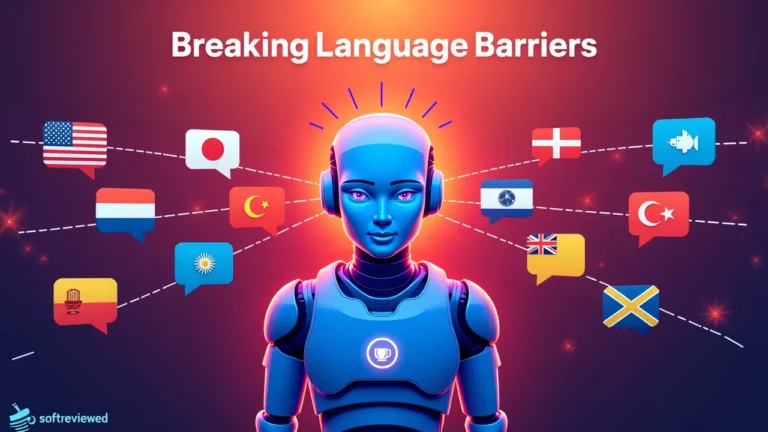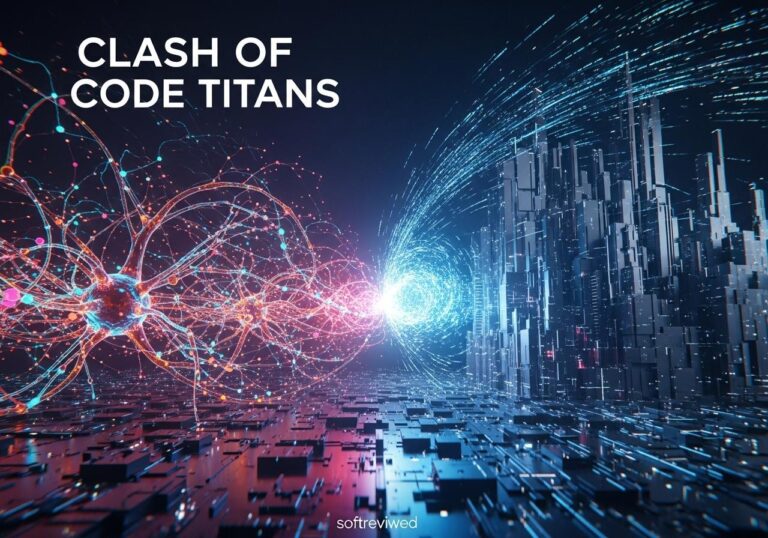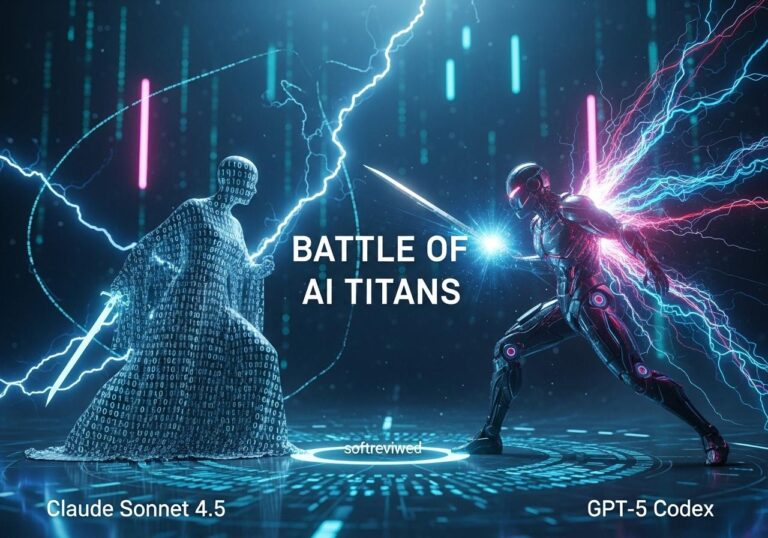Meta’s AI Translation Tool for Reels
Breaking language barriers and revolutionizing global content consumption on social media.
Automatic Translation and Dubbing
Translates and dubs Reels into different languages automatically, syncing lip movements for a natural viewing experience.
Current Testing and Expansion
Initial testing with English and Spanish Reels in the U.S. and Latin America, with plans to expand to more languages and creators.
Impact on Social Media
Breaks down language barriers, enabling global content consumption and revolutionizing user interaction on Instagram and Facebook Reels.
Competitive Landscape
Part of Meta’s efforts to enhance competitiveness against platforms like TikTok and YouTube, which are also developing similar features.
Broader Implications
Potential to foster greater cross-cultural understanding and global connectivity, while raising questions about AI-mediated interaction authenticity.
Integration and Future Developments
Part of Meta’s broader focus on AI integration and mixed reality, demonstrated at Meta Connect 2024 along with other AI-related features.
In a groundbreaking move, Meta (formerly Facebook) has announced its plans to introduce automatic video dubbing for Reels, leveraging the power of artificial intelligence. This innovative feature aims to break down language barriers and expand the reach of content creators across the globe. Let’s dive into the details of this exciting development and explore its potential impact on social media and content creation.
What is Automatic Video Dubbing for Reels?
Automatic video dubbing is a technology that uses AI to translate and recreate spoken content in different languages while maintaining lip synchronization. For Reels, Meta’s short-form video platform, this means creators can potentially have their content automatically translated and dubbed into multiple languages, significantly expanding their potential audience.
How Does It Work?

While Meta hasn’t revealed all the technical details, the process likely involves several AI-powered steps:
- Speech Recognition: Converting the original audio into text
- Machine Translation: Translating the text into the target language
- Text-to-Speech Synthesis: Generating a new audio track in the target language
- Lip-Sync Adjustment: Aligning the new audio with the original video’s lip movements
This complex process happens behind the scenes, potentially allowing creators to dub their videos with just a few clicks.
The Potential Impact
For Content Creators
- Wider Reach: Creators can potentially reach audiences in multiple languages without the need for manual translation or dubbing.
- Time and Cost Savings: Automatic dubbing could significantly reduce the time and resources needed for multilingual content creation.
- New Opportunities: This technology might open doors for collaborations and partnerships across language barriers.
For Viewers
- Access to Diverse Content: Users can enjoy content from creators around the world in their preferred language.
- Improved Understanding: Even if subtitles are available, dubbed content can be easier to follow for some viewers.
- Cultural Exchange: This feature could facilitate greater cross-cultural understanding and communication.
For Meta
- Increased Engagement: By removing language barriers, Meta could see higher engagement rates across its platforms.
- Competitive Edge: This feature could give Reels an advantage over competing short-form video platforms.
- AI Advancement: The development and implementation of this technology could further Meta’s AI capabilities in other areas.
Challenges and Considerations
While the potential benefits are significant, there are several challenges and considerations to keep in mind:
Technical Challenges
- Accuracy: Ensuring accurate translations and natural-sounding speech synthesis is crucial for user acceptance.
- Lip-Sync Quality: Achieving convincing lip synchronization across languages with different speech patterns is a complex task.
- Handling Accents and Dialects: The system will need to account for various accents and regional language differences.
Ethical and Cultural Considerations
- Preserving Creator Intent: There’s a risk that nuances or intended tone might be lost in translation.
- Cultural Sensitivity: Automatic translations need to be culturally appropriate and avoid potential misunderstandings.
- Consent and Control: Creators should have control over which languages their content is dubbed into and the ability to review translations.
User Experience
- Voice Naturalness: As noted in the context of other automatic dubbing tools, users often find synthetic voices to be “too artificial, robotic or unnatural,” which can impact engagement and comprehension.
- Speed and Timing: Automatically dubbed content may need to be played at a higher speed to match the original video duration, which could affect viewer experience.
The Bigger Picture: AI in Content Localization
Meta’s move into automatic video dubbing for Reels is part of a larger trend in the use of AI for content localization. Other tech giants like Google and Amazon have also been investing in similar technologies:
- Google’s Aloud: This tool has been used to dub educational YouTube videos, with mixed reception from viewers. While some appreciate the increased accessibility, others have criticized the synthetic voice quality.
- Amazon’s Developments: Amazon has been working on dubbing solutions for its content platforms, focusing on improving naturalness and emotion in synthetic voices.
Looking to the Future
As AI technology continues to advance, we can expect improvements in several areas:
- More Natural Voices: Future iterations may include better emotion recognition and synthesis, creating more engaging dubbed content.
- Improved Lip-Sync: Advanced AI models could provide near-perfect lip synchronization across languages.
- Personalization: Users might be able to choose from a variety of voice options or even clone their own voice for dubbing.
How Does Meta’s Automatic Video Dubbing Compare to YouTube’s Dubbing Feature in Breaking Language Barriers for Creators?
Meta’s automatic dubbing feature offers creators an efficient way to reach global audiences by translating and voicing videos in multiple languages. In comparison, YouTube’s dubbing feature provides creators with customizable options, allowing for more personalized content. Both aim to break language barriers, enhancing accessibility for diverse viewer bases.
Conclusion
Meta’s automatic video dubbing for Reels represents a significant step forward in making social media content more accessible and global. While there are challenges to overcome, the potential benefits for creators, viewers, and the platform itself are substantial. As this technology evolves, it could reshape how we create and consume content across language barriers, fostering a more connected global community.
As we watch this technology unfold, it’s clear that the intersection of AI and content creation is opening up new possibilities for expression and communication on a global scale. The success of this feature will likely depend on how well Meta can balance technological capabilities with user needs and preferences, ensuring that the essence of creators’ content is preserved across languages.







